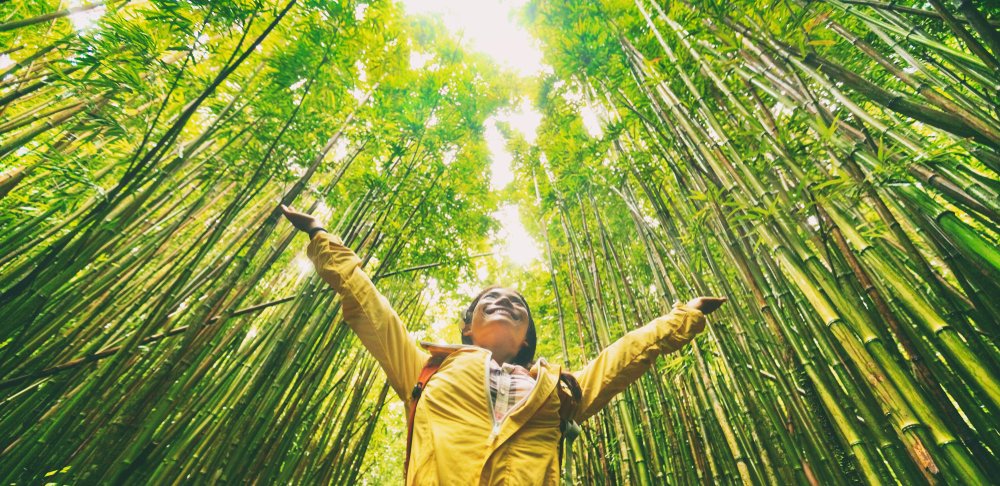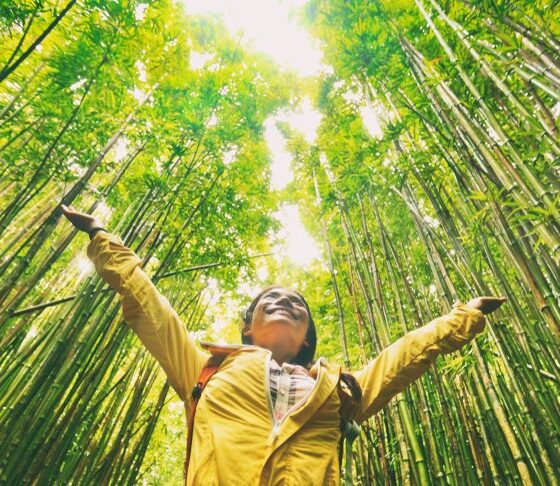

Sustainability
The State of Hawaii’s Environmentally Sustainable Tourism
Sustainable tourism has become a lot more popular in recent years. It is especially popular in Hawaii. In fact, eco-friendly tourism might be essential to save the state’s wildlife and coasts.
Overtourism is an issue that is causing worry in vacation-worthy areas all over the world. However, Hawaii has been dealing with this concern for decades. One report shows that climate change is threatening 70% of the state’s coastline.
While other tropical holiday trends come and go, the Hawaiian islands have long been at the top of the world’s most attractive destinations, thanks to their stunning beaches, gorgeous mountains, Hawaii big island waterfalls, and jungles abounding with natural wonders.
When you combine a rich indigenous culture with a warm welcome, it’s easy to see why tourism is the backbone of Hawaii’s economy.
More About Hawaii
Hawaii has a strong tradition of environmental preservation. In their daily lives, the ancient Hawaiians not only recognized but also practiced sustainability. They had no choice! The ancient Hawaiians did not have the luxury of “importing” products from outside while they inhabited the islands.
They had the land beneath their feet and the ocean to rely on for sustenance, and even those resources had to last not only for their lifetimes but also for their future generations. As a result, these early inhabitants allied with the land and sea and built a complex social system that managed resources and prohibited using particular resources at certain periods of the year to allow those elements to regenerate themselves.
Malama ‘Aina, or caring for the land, is a deeply ingrained value in Hawaiian culture that governs how Hawaiians live. It is critical to establish a harmonious relationship with the land. Tourists should embrace this value as visitors to Hawaii. Sponsoring ecotourism initiatives is a fantastic place to start since this secluded archipelago is too beautiful for us to do anything except care for it.
Sustainable Tourism
Sustainable tourism, as defined by the United Nations World Tourism Organization, is tourism that considers all of its current and future social, economic, and ecological ramifications while meeting the needs of tourists, the tourism industry, the environment, and host communities. It is defined by the Hawaii Tourism Authority as a method of maximizing social and economic advantages to Hawaii’s communities and businesses while respecting, nurturing, maintaining, and developing Hawaii’s natural, cultural, and human assets.
As a result, stakeholders from around Hawaii came together to form the Aloha+ Challenge, a statewide commitment to upholding the principles enshrined in the United Nations Sustainable Development Goals via improved resource management.
Adopting sustainable tourism is a critical component of this commitment. Instead of waiting for tourists to make the first move to be good stewards of the island, Hawaii’s hospitality, tourism, and service industry groups have joined forces with government agencies and environmental nonprofits to teach and prepare visitors to respect the land while they enjoy it.
Environmental Initiatives in Progress
Marine Life Conservation Districts (ocean version of parks), Fisheries Management Regions (where what you can take from the ocean is restricted), Fishery Replenishment Areas, and Estuarine Reserves are all excellent stewardship programs run by the State of Hawaii to preserve the ocean environment and its resources. Environmental activities on the ground include the Soil and Water Conservation District and Watershed Reserves.
The majority of hotels in the tourism business have implemented green techniques, not only to safeguard the environment but also to save money. Nearly every single hotel in the region will have a card in your room urging you to think about whether you need a replacement towel or use it for another day. Several statewide organizations, such as the Green Business Awards Program, offer programs that recognize hotels that improve the environment.
Recycling centers can be found on every island (varying from the collection of recyclable bottles only to places that take everything). More local food and vegetables are being used in restaurants around the state than ever before. Many restaurants may proudly claim that all of their items were grown, grazed, or caught within 100 miles of their establishment.
What Tourists Can Do in & Around Hawaii
The following are some useful ideas for visitors to Hawaii to remember while on their trip to the islands to leave as little of an ecological impact as possible.
Don’t interfere with the animals: Sea turtles frequently repose on Hawaiian beaches, but that doesn’t imply they’re encouraging us to shake their hands. Touching sea turtles (or any other marine life) is extremely dangerous since it exposes them to microorganisms and leaves them prone to sickness. The Hawaiian Sea Turtle, like the Hawaiian Monk Seal, is one of Hawaii’s 400 threatened and endangered species. If we want these animals to thrive, we must continue to admire them from afar.
Take out your garbage (and other trash, too): Nobody wants to see cigarette butts on the beach or empty bottles in the ocean. And, while we as individuals cannot eliminate all waste in the world, we may make an effort to limit future garbage production. Bringing reusable bottles, bags, and utensils is an easy way to avoid purchasing single-use products. If you see trash, pick it up (even if it isn’t yours). It’s a tiny gesture, but it makes a difference.
Transportation concerns: When most tourists to Hawaii consider hiring a car, they anticipate “convertible” or “SUV” for off-road experiences. If you’re considering “hybrid,” evaluate your budget first, because hybrids from automobile rental businesses are not only difficult to find but also high priced in Hawaii. However, automobile rental companies provide a wide range of vehicles for rent, and you can make a point of choosing a vehicle that gets the best gas mileage. Also, request a white car because they require less energy to air-condition than a dark-colored vehicle.
Stay on the trail and pack out what you pack in: Hikers will be thrilled to get their boots out with 8 National Parks, 51 state parks, and a collection of nature reserves to explore. The Hawaiian environment is stunning and ever-changing, with lush valleys, spectacular waterfalls, volcanic craters, dramatic sea cliffs, and majestic mountains. Keep it that way by cleaning up after yourself, packing out everything you bring in, and keeping on the route. Failure to take these two steps impedes conservation efforts. If we do not adhere to these guidelines, we may inadvertently damage delicate terrain and endanger reintroduced native flora.
Volunteer as a tourist: Either you attend a workday at a local farm, join in an organized beach cleaning, or simply pick up the garbage as you see it, volunteering your time and effort is one of the most authentic Hawaiian cultural experiences available anywhere.
Promote eco-friendly tour operators: Another motivation to select certified sustainable tour operators is that many of them donate a portion of their profits or participate in conservation activities. For example, they could plant one tree for every tour they give and give back at least 1% of their profits to the environment. Choosing a company that focuses on sustainable travel is the greatest way of ensuring that your tourism dollars protect and support Hawaii’s indigenous resources.
Conclusion
Hawaii is one of the most beautiful places on the planet, and it is rich in culture and nature. Locals believe it’s an ongoing quest to explore everything each island has to offer, even if they live there. Travel wisely, appreciate what you see, and remember to contribute to the community’s efforts to preserve the region’s distinctive beauty and culture. It’s now your turn!


 Environment10 months ago
Environment10 months agoAre Polymer Banknotes: an Eco-Friendly Trend or a Groundswell?

 Environment11 months ago
Environment11 months agoEco-Friendly Home Improvements: Top 7 Upgrades for 2025

 Features9 months ago
Features9 months agoEco-Friendly Cryptocurrencies: Sustainable Investment Choices

 Features10 months ago
Features10 months agoEco-Friendly Crypto Traders Must Find the Right Exchange





























